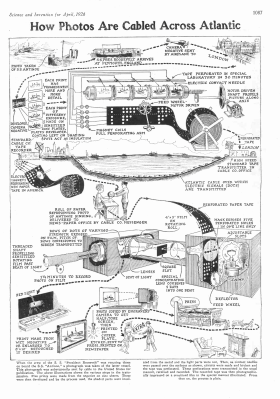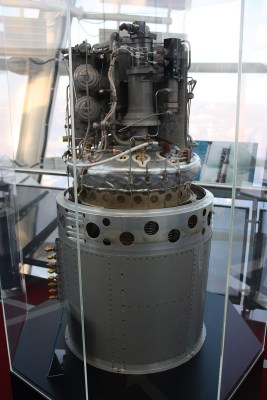
Recently the [Our Own Devices] YouTube channel took a gander at the Tefifon audio format. This was an audio format that competed with shellac and vinyl records from the 1930s to the 1960s, when the company behind it went under. Some people may already know Tefifon as [Matt] from Techmoan has covered it multiple times, starting with a similar machine about ten years ago, all the way up to the Stereo Tefifon machine, which was the last gasp for the format.
There’s a lot to be said for the Tefifon concept, as it fixes many of the issues of shellac and vinyl records, including the limited run length and having the fragile grooves exposed to damage and dust. By having the grooves instead on a flexible band that got spooled inside a cartridge, they were protected, with up to four hours of music or eight hours of spoken content, i.e. audio books.
Although the plastic material used for Tefifon bands suffered from many of the same issues as the similar Dictabelt audio recording system, such as relatively rapid wear and degradation (stiffening) of the plastic, it was mostly the lack of interest from the audio labels that killed the format. With the big labels and thus big artists heavily invested in records, the Tefifon never really got any hits and saw little use outside of West Germany throughout the 1950s and 1960s before its last factories were shuttered.
Continue reading “Tefifon: Germany’s Tape-Shaped Record Format”



















